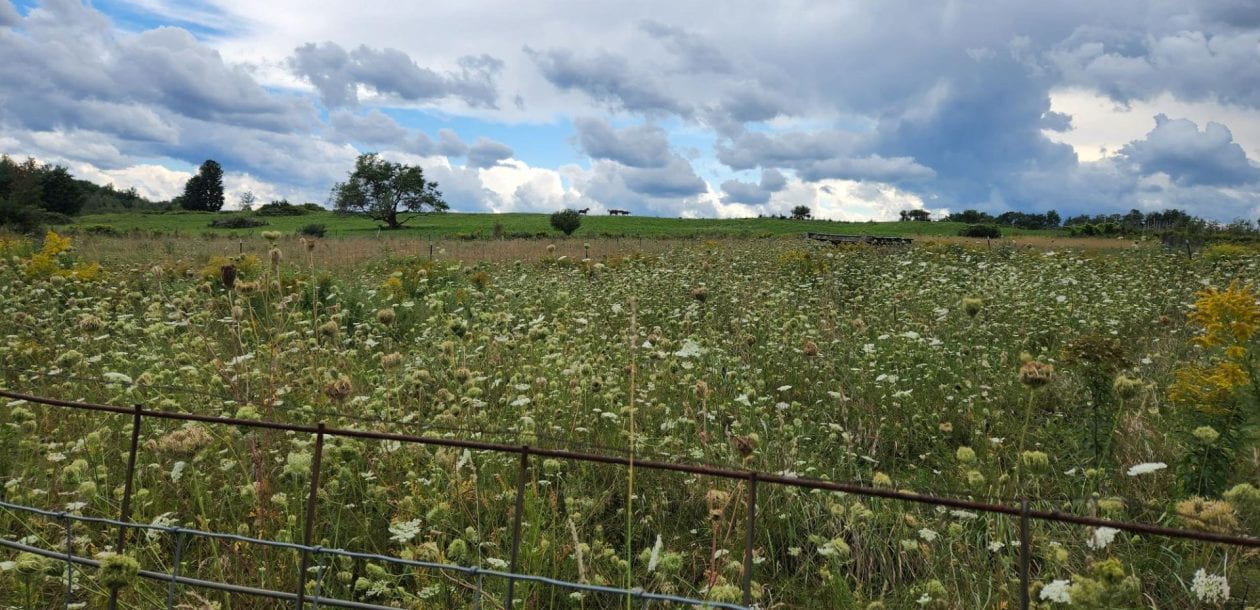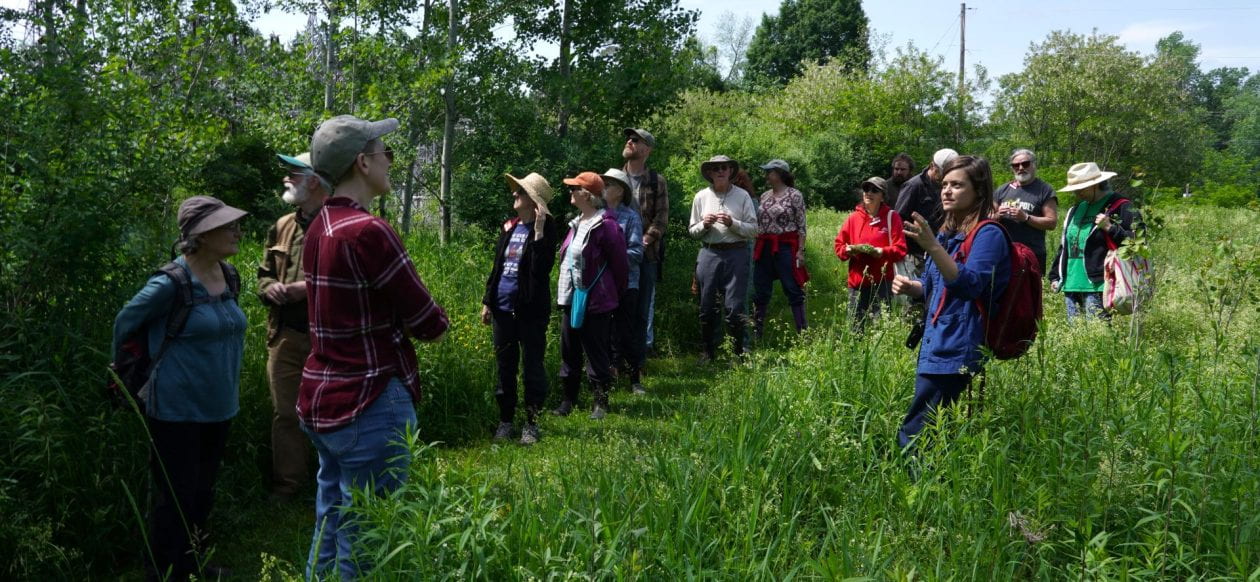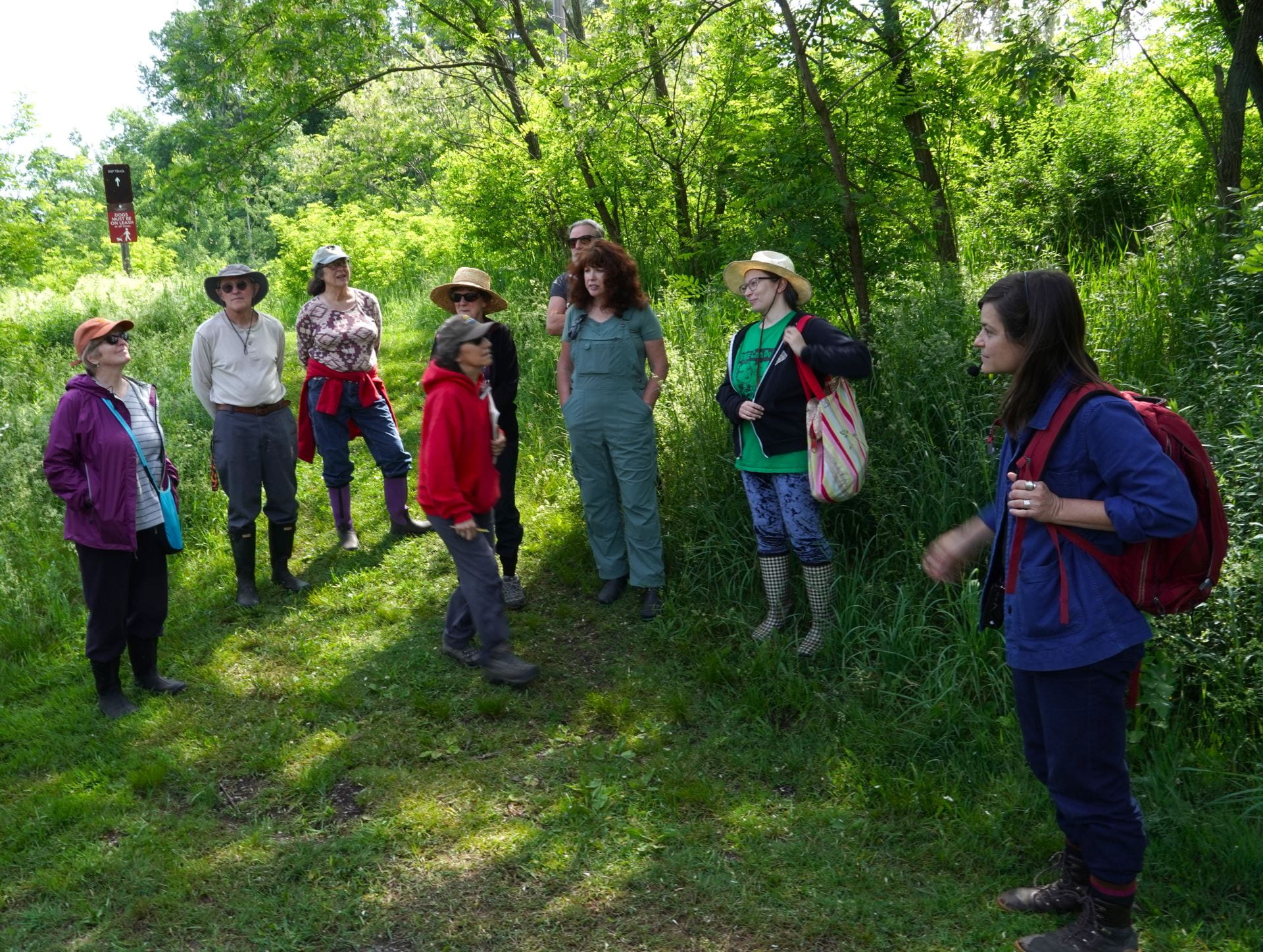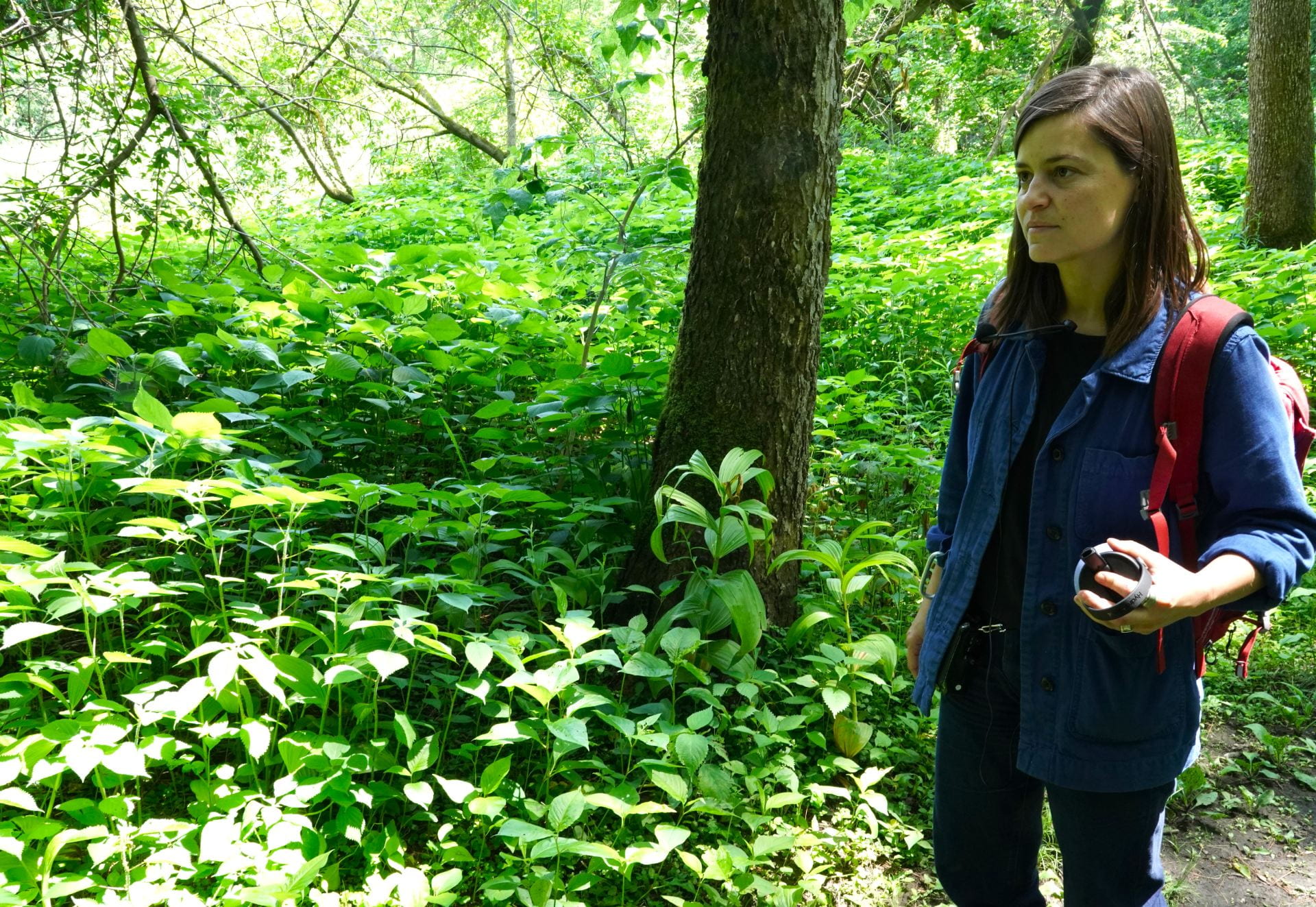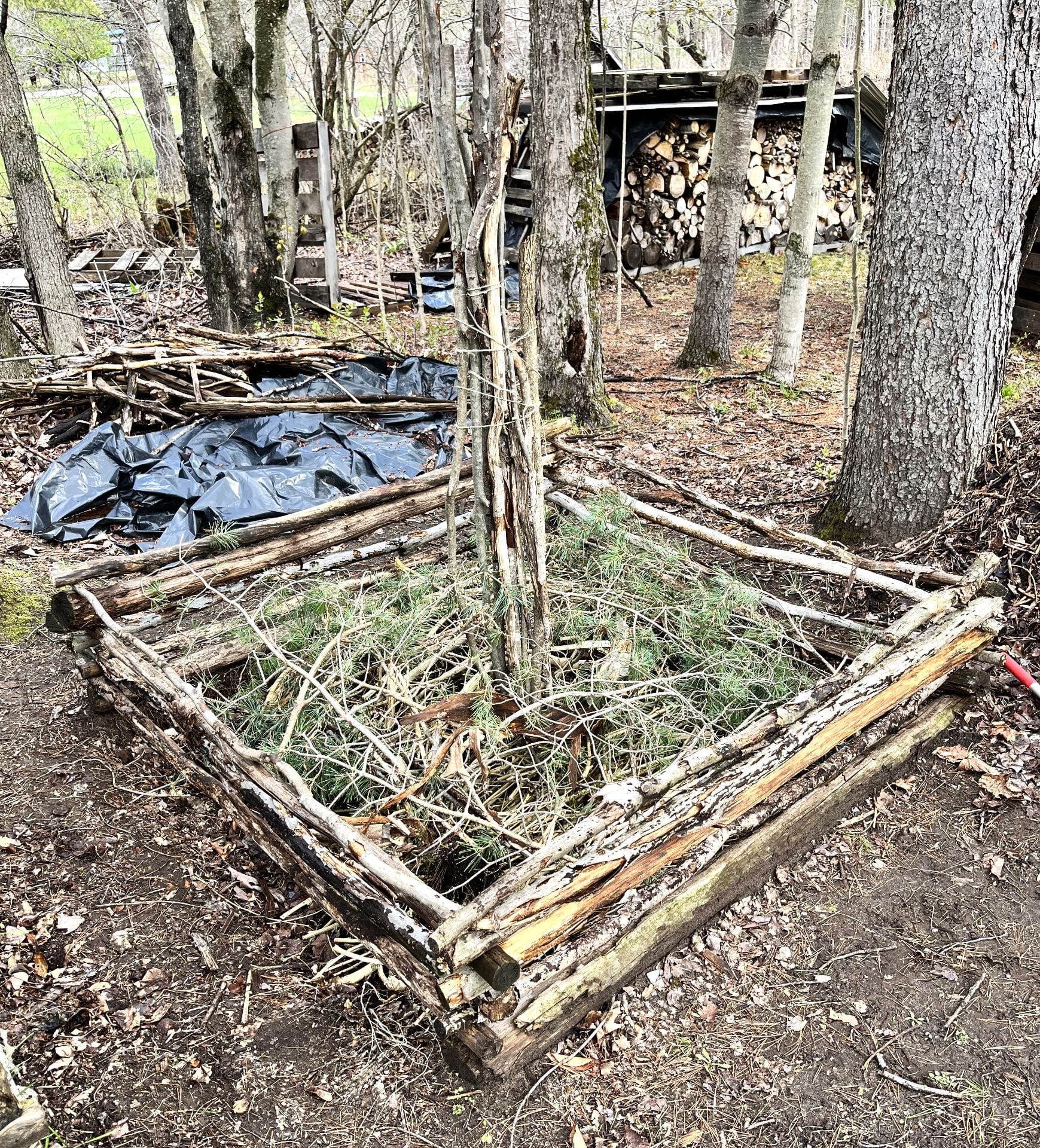My favorite time of the year is here – summer. I love the warm days, fireflies, bonfires, farmwork, and of course, the fresh local food the season brings to us in abundance. Now is the easiest time of year to support our producers and eat refreshing fruits and vegetables. All the area outlets, from CSA (Community Supported Agriculture) farms, farmers’ markets, farm stands, and natural food stores, are filling their shares, stands, and shelves with produce. We are once again able to enjoy big bunches of leafy greens, salad mix, carrots, garlic scapes, radishes, turnips, snap peas, onions, berries, and more as the season progresses.
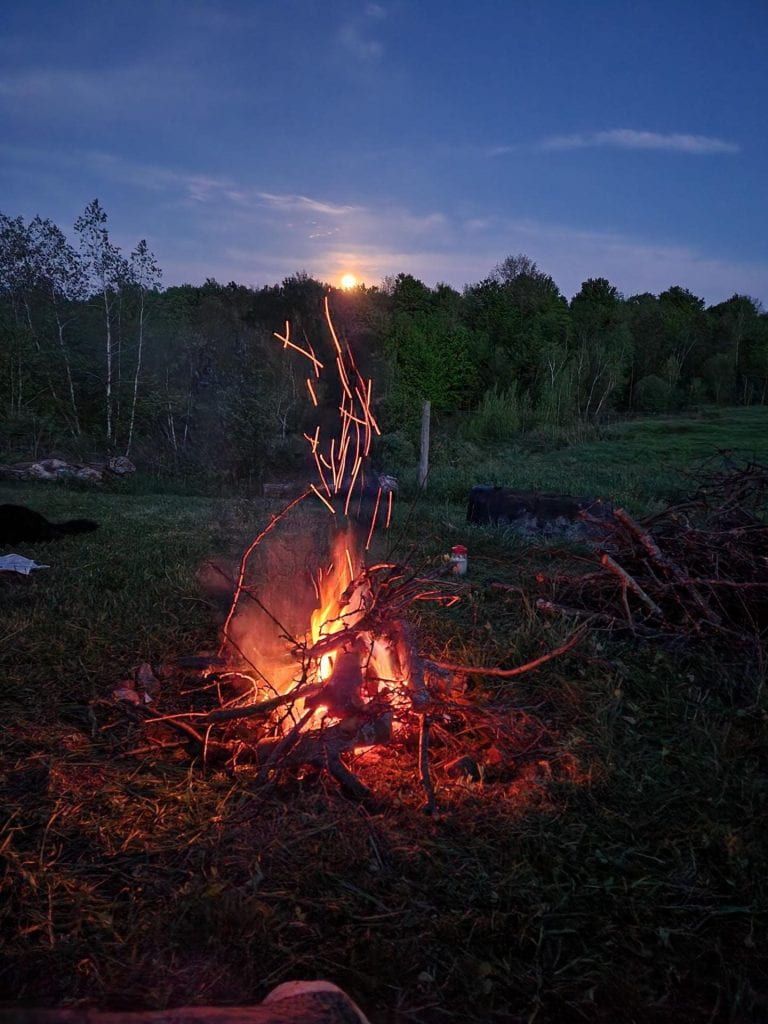
Summer also brings full schedules. With the nice weather I find myself needing or wanting to do all sorts of different things – work in the orchard, fix fencing, mow the lawn, preserve fruits and vegetables, plant flowers, go canoeing, take my dogs for a hike, visit with family and friends – the list goes on! Prioritizing fresh food can slip lower on my activities to do, even when it’s most available. That means easy-to-make but versatile recipes are key to my summer eating. A favorite recipe we enjoy at home is Dragon Noodles. When you google “Dragon Noodle recipes”, there are many different variations that pop up and often have an Asian flavor influence. Our version stems from a friend’s recipe my husband learned while working on a vegetable farm in New Jersey. It consists of rice noodles, a stir fry of vegetables, a protein source, and a peanut sauce.
